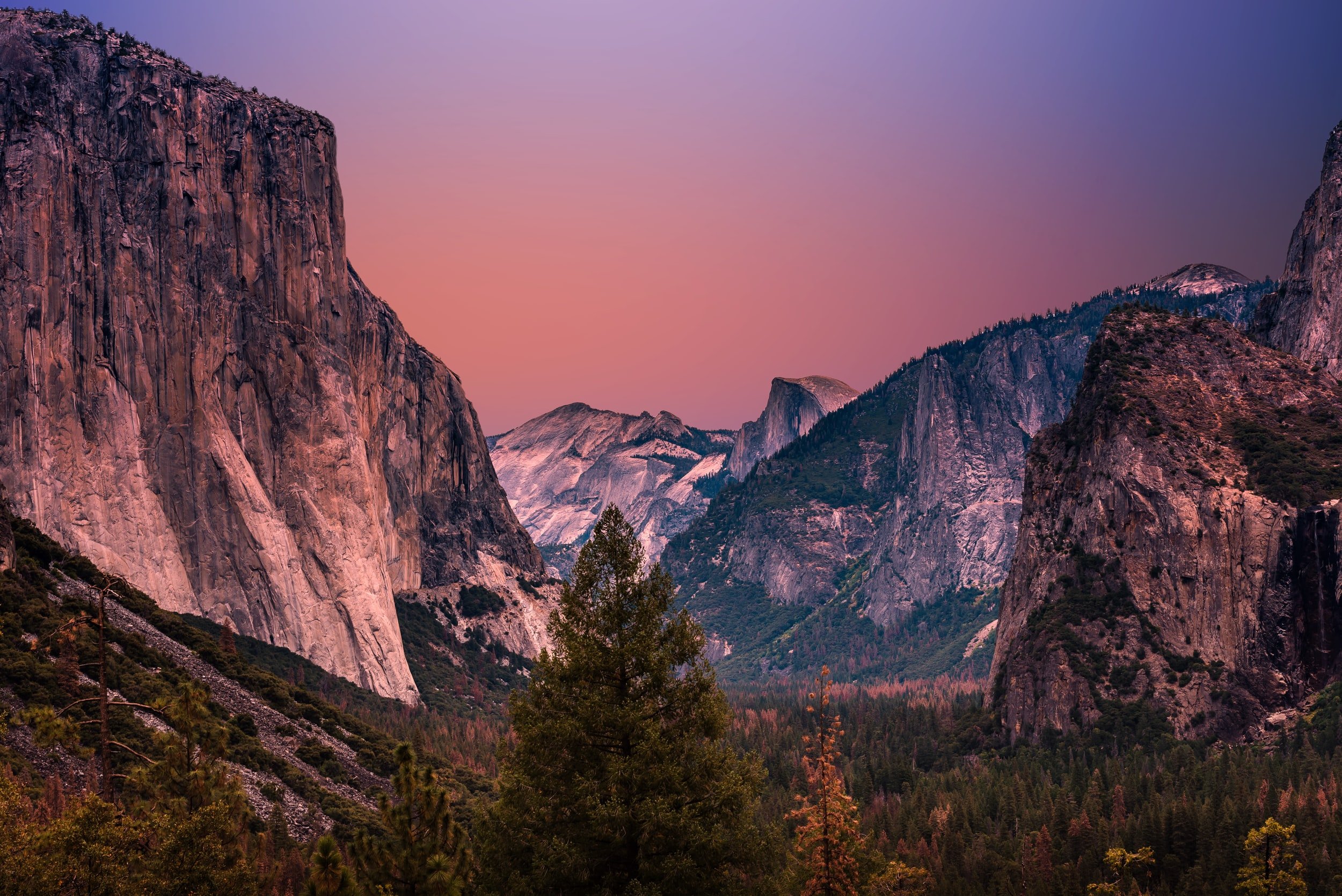Megatrends and Product Development
How do we best design for the future? I’m not talking about next month or next year, but ensuring that we are designing products to face the challenges of the world over the coming decades. For many products, this doesn’t matter a lot because they have a short life cycle and we will be on to a new version in a year or two. But for durable goods, those that are expected to last many years, there are two important reasons to think long-term about product design:
By understanding what changes are coming in the world we can ensure that our innovation is on track to meet future requirements.
Some products have a very long life span like infrastructure projects, some machinery, and even airplanes. A Boeing 747 is retired after about 27 years!
You may be thinking that’s great in theory, but how can we know what changes will take place over the coming decades? Yes, we won’t know everything about the future world but long term trends that will affect all areas of life can be known, and then used to estimate future conditions. These are called megatrends.
What exactly is a megatrend?
“Megatrends are macroeconomic and geostrategic forces that are shaping the world. They are factual and often backed by verifiable data. By definition, they are big and include some of society’s biggest challenges— and opportunities [1].”
A megatrend will have far reaching effects and we can already start to see the effects of them. What are some of the megatrends we should think about? Many reports talk about five megatrends the world will experience.
Shift in global economic power
In 2015 the G7 (US, Japan, Germany, UK, France, Italy, Canada) countries’ combined GDP was $34.1 trillion and the combined GDP of the E7 (China, India, Brazil, Russia, Mexico, Turkey) was $18.8 trillion. Projections for 2050 are that the G7 combined GDP $69.3 trillion and E7 combined GDP $138.2 trillion.
By 2030 Asia is expected to represent 66% of the global middle-class population and 59% of middle-class consumption.
Shift in demographics
In 2017 the world population was 7.55 billion people, projections are that the population will be 8.55 billion people in 2030 and 9.7 billion in 2050.
Due to falling birthrates the average age will rise. In 2017 13% of the population was over age 60 and is expected to rise to 16% in 2030 and 22% in 2050. In 2050 all regions except Africa will have over 25% of their population over the age of 60.
Overall birth rates will continue to fall and 51 countries are expected to have population reductions from 2017-2050 due to birth rates at sub-replacement thresholds.
Increasing Urbanization
Urban populations account for 50% of the world’s population currently and in 2050 it is expected that 72% of the population will live in urban areas.
Today there are 31 mega-cities (cities with a population over 10 million). In 2050 there will be 50 and most will be in developing countries.
Rise of technology
Look no further than 2020 to see how technology has changed the world. In April of 2020 Zoom was seeing 300 million daily meeting participants [2].
Pre-pandemic the average person was spending over 3 hours a day on their smartphone [2].
Autonomous vehicles may drastically change the transportation landscape by reducing the need for parking, and car ownership among other things. It will lead to changes in industries, jobs and the way we can spend our time [3].
Climate change and resource scarcity
· In 2030 there will be demand for 50% more energy, 40% more water, and 35% more food. The demand for food production will increase by 59%-98% by 2050.
· Crop yields will go down in many regions due to climate change. In other regions crops may benefit from climate change. “For example, the Brazilian state of Mato Grosso, one of the most important agricultural regions worldwide, may face an 18% to 23% reduction in soy and corn output by 2050, due to climate change [4].”
One group that does a great job of designing for the future is city planners. Because infrastructure projects are so large they have to think about what will be best for the city in the coming years and decades.
Conclusion
By understanding the large patterns that will shape the coming decades, we can understand what innovations need to take place and what challenges our designs will face in the future. There are a lot of challenges that the world will face in the coming decades, but I am optimistic that we can innovate to meet those challenges. When you are designing a product don’t just think about how it will be used right now, but think about how it will be used in the future. It’s possible it will be obsolete, but it is also possible that its use will have evolved and its requirements have changed. Ensure that you are designing for the future and not just for today.
PWC Megatrends
Business of Apps Zoom Statistics
McKinsey and Company Ten ways autonomous vehicles could refine the automotive world
Harvard Business Review Global Demand for Food Is Rising. Can We Meet It
To cite this article:
Mabey, Chris. “Megatrends and Product Development.” The BYU Design Review, 11 Nov. 2020, https://www.designreview.byu.edu/collections/megatrends-and-product-development.





